Diwali, also known as Deepavali, is a traditional festival of light in India. It generally falls between late October and early November, lasting for 5 days. Dates of the festival change each year according to the Indian calendar. Diwali celebrates the enlightenment and guidance of light which casts away darkness, with belief that kindness will eventually prevail. People in India reflect themselves of the wrong doings in the past year and pray for a fresh start in the coming year. There are many tales on the origin of Diwali, some says Indians lighted Diyas(a kind of oil lamp) to celebrate the victory and return of a great hero who had defeated the evil demon. Others say Indians lighted the Diyas to honor the god who overturned the tyrant. There is also a saying that Diwali celebrates the birth of the Goddess of Wealth. Accordingly ,Indians host different ceremonies by their belief. Indians consider Diwali as important as the new year. In India and several other countries such as Malaysia ,Nepal, Singapore and Fiji, Diwali is constituted a legal holiday.
The Customs of Diwali Celebration
Diwali is a five-day holiday and each date is arranged for different activities. Our Indian colleagues will get so occupied with the celebration and temporarily leave their work behind, immersing themselves in the joy of the holiday.
Diwali Day 1-Dhanteras
Dhan signifies money, interestingly some Indians pray to money as well as the Goddess of Wealth, Lakshmi, for flooding in fortune. On the first day of Diwali and the day before, Indians clean the house to every corner,they replace old and worn pieces with new ones. Indians purchase quite a few gold jewelries on this day and get dressed up, suggesting FAIRWELL to the past the greeting for the bright future. They, dressed up clean and decent, present their highest respect to welcome the arrival of God. Polished statue of gods are settled in the set-up shrine. Indian women make handicraft decorations of natural colored sand with phoenix, flower blossom and other pattern with bright colors and auspicious attributions. The symbolic Indian Rangoli curly-line pattern is seen almost everywhere. You may notice the street shops and companies nearby are decorated with multiple colors and the Indian-style pattern during this time each year , diffusing sense of joy and happiness especially in Tsim Sha Tsui , Tung Chung and Tuen Mun.
Diwali Day 2-Chhoti Diwali
Indians apply fragrance essential oil onto their body and cleanse their soul.After that ,they put on the Indian traditional costumes in respect of God. Women wear the soft and light Sari gown made from silk with embroidery of traditional Indian pattern ,while men wear kurthas. A very important task assigned to the day is to do grocery shopping for the ceremony the next day, Diwali day.
Diwali Day 3-Lakshmi Puja
The third day is the Diwali day , Indians pray to god with their closest family members and follow through the ceremony procedures such as bell ringing, incense burning, religious scripture reading and praying. Indians place several lighted Diyas on the ground of the balcony and in the middle of the room, they used to set fireworks and fire crackers too, wishing for prosperous life. Fresh fruit and snacks are displayed in front of each statue of god for worship. People consume the food the next day and receive the bless. Traditional Diwali desserts include rice&milk pudding kheer, sweet condensed milk cookies, stuffed bean pop tarts and fried dough rings with sugar frosting. As for the traditional main dish of Diwali, fried pies, cheese, curry, mutton, potatoes and onions will likely be served.
Diwali Day 4-Govardhan Puja
The custom of this day is also controversial. More Indians incline to celebrate the reunion of couples on this day. From Diwali day, the wife stops eating by choice and pray to god in exchange of longevity and happiness blessing for her husband. Meanwhile, the wife still prepares abundant and delicious meal for her husband and the family. When the meal time of the fourth day comes, the husband hands over a glass of water to the wife and lets her eat. Indians are fascinated with gold, the husband will also buy some fine and valuable gold jewelries as a gift for his beloved wife.
Diwali Day 5-Bhai Duj
The siblings gather and have meals together this day. Women in the family are in charge of meal preparing. The family enjoys nice food and dance to joyful music played with plucked musical instruments. Also, the brothers and sisters prepare some dried fruit, candies and dessert dumplings and cakes for gift exchange. They finger print a red spot on each other’s forehead, which is meant to bring longevity.
Related: Diwali: The Date, Significance and Traditions
Manners of Diwali Gifting
Unlike the holiday which appeals self restrain and self reflection. Diwali is suitable to celebrate with everyone and a wonderful timing to send gifts to an Indian friend ,client and company. There aren’t much taboos to avoid on this holiday. Indian people greet each other by saying “Happy Diwali“, you may also start the gift card wording with Happy Diwali. The phrase happy Diwali means Happy Light festival and is similar to our auspicious “Wish You Rich” greeting in Lunar new year. The pandemic makes it harder to return to India and celebrate the holiday there, the recipient should feel warm and comfort when he received a caring and surprising gift of his tradition with food from his hometown and Indian distinction. No matter one works hard alone in Hongkong or emigrate here with the whole family, hometown always trigger the memory, people will never forget the place where they came from. Diwali gift attends to the mental need of the recipient, making it elaborate and impressive. The gift of blessing brings Diwali to the recipient and presents warm acceptance from the new culture.
Diwali Gift recommendations from Give Gift Boutique
The inspiration of this hamper design comes from Indian curly-line drawing and Indian traditional costume, including a Diya nicely in Indian pattern package.The lamp is sunflower shape with classic yellow and orange color match. Presenting Diya not only creates Diwali ambiance, but also delivers good meaning. Traditional Indian family should have prepared the Diyas at home , when you give them another one, in the manner of zen, you add blessing. The desserts, candy, cookies and nuts are common food at Diwali. GGB delicately picks an Indian local brand dessert Haldiram's, so that the recipient will be pleased to taste something familiar from home.
If you aim at gift fancy for commercial purpose to a superior or a client, I will recommend the Deepavali Luxury Food Gift Hamper. The hamper comprises of 15 items, including category of chocolate, cake, biscuit, cookie, nut and tea, thoughtful to enjoy at Diwali. The Diya is updated to a 4-6 pieces Diya set,accompanied by Chandan the Indian fragrance Kashmiri Mukhwas. When the Diya and fragrance is placed together, the room will be filled with scent and peace, contributing to a complete Diwali ambiance.
Fruits are the safe choice applicable to almost all occasions. If you intend to prepare flower gifts, we would also like to share some tips with you. Orange and yellow color match is great, you can find this classic color match on any Indian item made from cloth. Just pay attention not to present any flowers with pure yellow color, that would be impolite. Indians prefer bright and vigorous colors.
Why recommend it: Yellow Mokora +orange Gerbera is so India. The overall color tone of the flower basket is bright and lively, diffusing joyful mood and incurring god fortune. Mokora and Rose are ones of the Indian’s favourite flowers.
Give Gift Boutique has arranged a series of special Diwali gift for you. You will surely be amazed what wonderful experience these gifts will deliver to recipients. The Diwali gifts are limited, kindly order soon. If you still have some questions on the present selection, feel free to call our gift consultant, we are delighted to help. One-stop gifting service, same day delivery available.
This is a Hong Kong GGB original 'How to Select the Special Diwali Gift for an Indian Client, Friend and Employee?' blogpost.




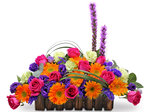


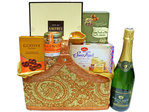
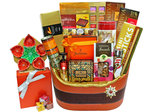
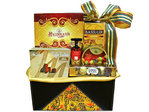

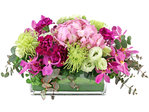

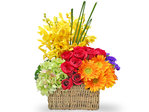
 Share
Share Tweet
Tweet +1
+1  Pin it
Pin it Post
Post  Weibo
Weibo Review
Review

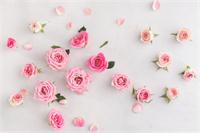
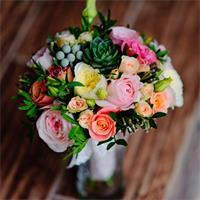
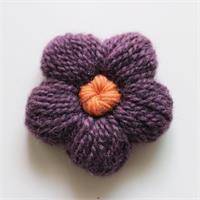
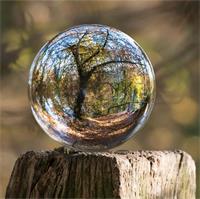

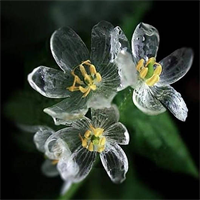
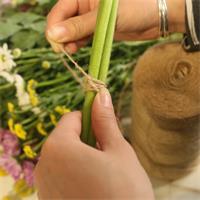
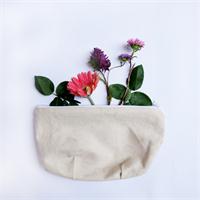




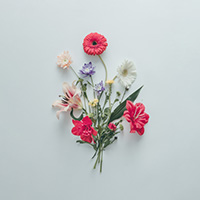





 Diwali Gifts
Diwali Gifts 
 ▶
▶